21 Taras Surya Gupta Thanka — stunning art by Angeli Lhadripa Shkonda: interview featuring 21 Tara closeups
Angeli Lhadripa Shkonda‘s artistic vision focuses her beautiful artistic skills on her beloved Tara Buddha. Taught by traditional teachers, Angeli creates thangkas that are luminous with Enlightened energy, alive with colour and detail and discrete gold details. We are pleased to showcase her beautiful 21 Taras artwork — in the tradition of Surya Gupta — with a short interview with this lovely artist.
NOTE: Angeli gave permission to feature lower resolution details of her artwork. In this feature you will find close up detailed gallery with images of each of the 21 Taras (from her large 21 Taras Thangka) — at the end of this feature.
BW: How long have you been a Dharma artist?
I have been painting thangkas for nine years and this is my main activity. I have been drawing since I was five years old. Even as a child, I drew feminine iconic images like Tara. Once in Nepal, Rinpoche told me: it is very good when an occupation from a past life passes into this life.
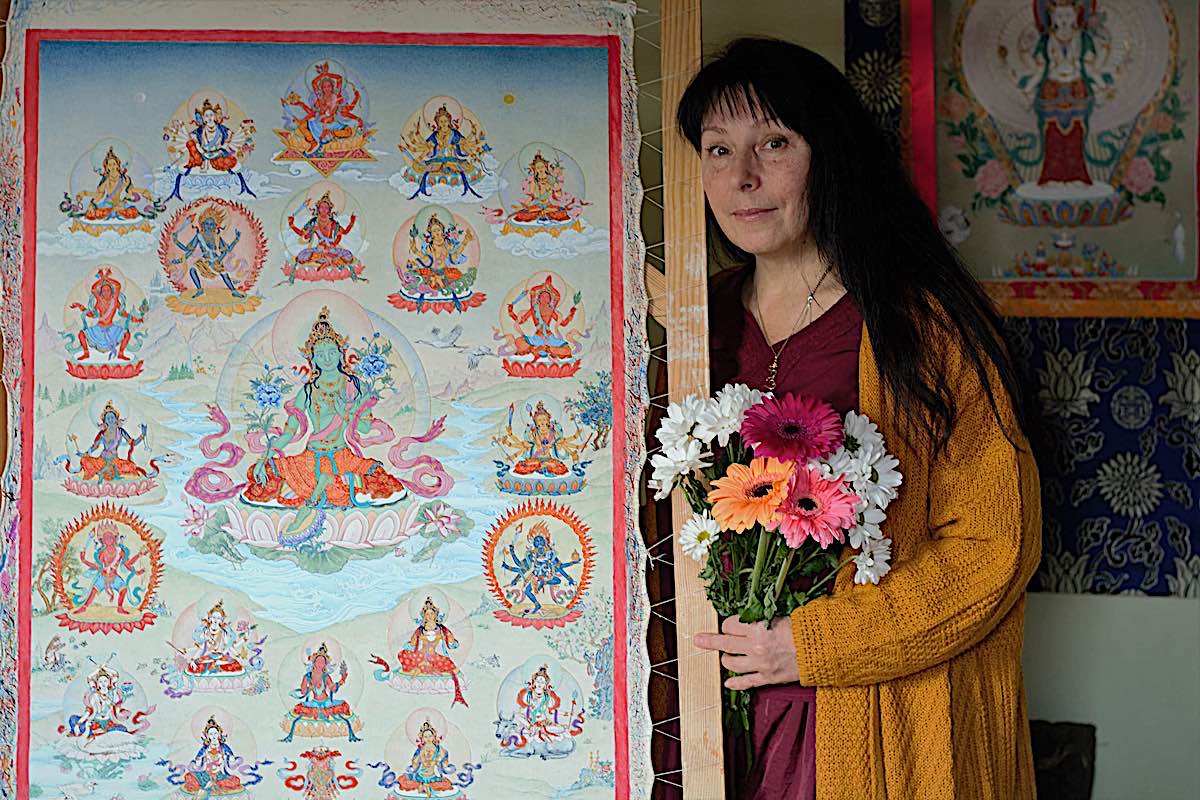
BW: What is your goal/aspiration as an artist?
I follow my teacher’s advice — and fill my own thangkas with kindness, inspiration, love, compassion, and harmony. He taught me that a great sense of color and perfect forms help sentient beings to practice merit accumulation and enhancement of wisdom.
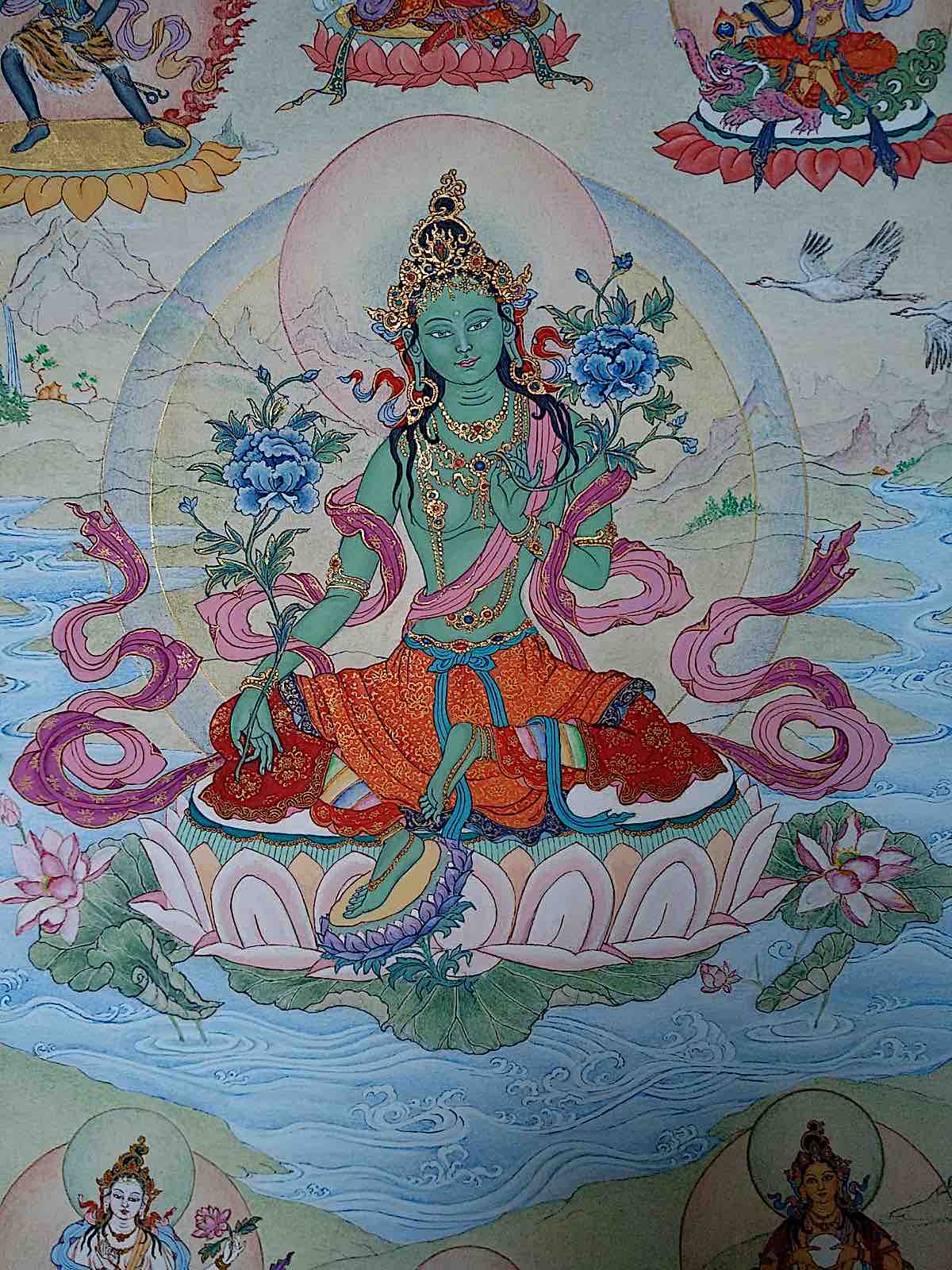
BW: Please tell us about your art teachers and style.
My teacher Dawa Lhadipa, from Sikkim, is an authentic holder of the Karma Gadri tradition of Tibetan Art. He is the founder of the Rangjung Dawa Art School. Dawa Lhadipa is a very talented and famous artist. He has painted 27 Buddhist temples and centers in Spain, India, Nepal, the USA, Malaysia and Singapore, including Karma Guen (Spain).
Dawa teaches students the basics of drawing, the history, and tradition of Tibetan Buddhism, the Karma Gadri style of painting.
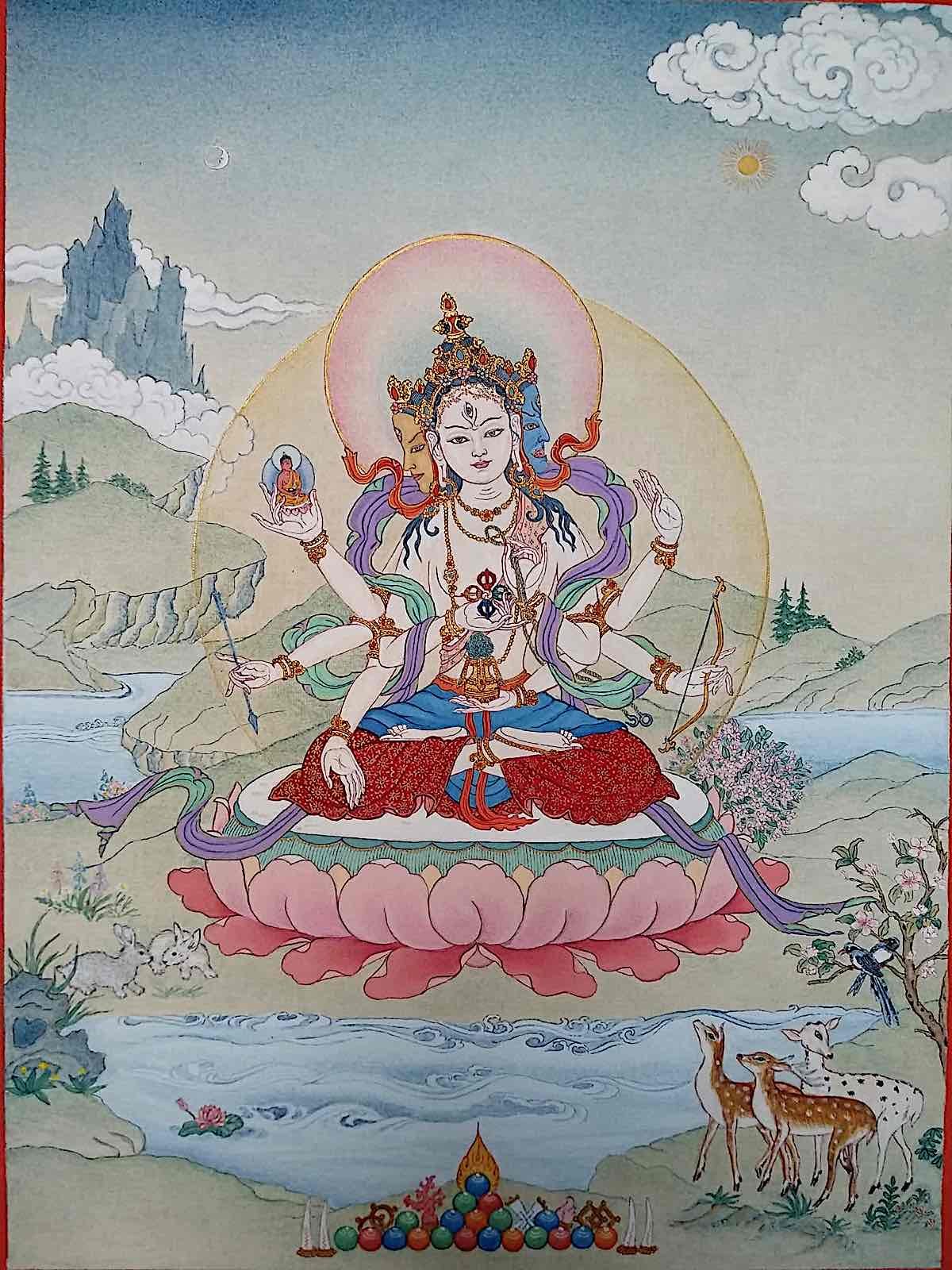
I also consider Robert Beer my teacher. I attended his seminars twice in Moscow and Kathmandu and studied from his books.
- Are you interested in Angeli Lhadripa Shkonda’s artwork? You can reach out to her through her Facebook page, or contact us through our Buddha Weekly contact form and we’ll try to reach her for you. Her page is: https://www.facebook.com/angeli.lhadipa
BW: What are the guidelines and standards in your tradition?
There are three basic elements and traditions of three countries in the Karma-Gadri style of thangka painting. Proportions and forms should correspond to the Indian canons. Landscape and composition originate from Tibet. And the drawing techniques, including shading, colors and textures, are rooted in Chinese painting. Knowledge is transmitted directly from teacher to student.
My teacher Dawa is an example of pure mind, a pure compassion heart and loving-kindness.
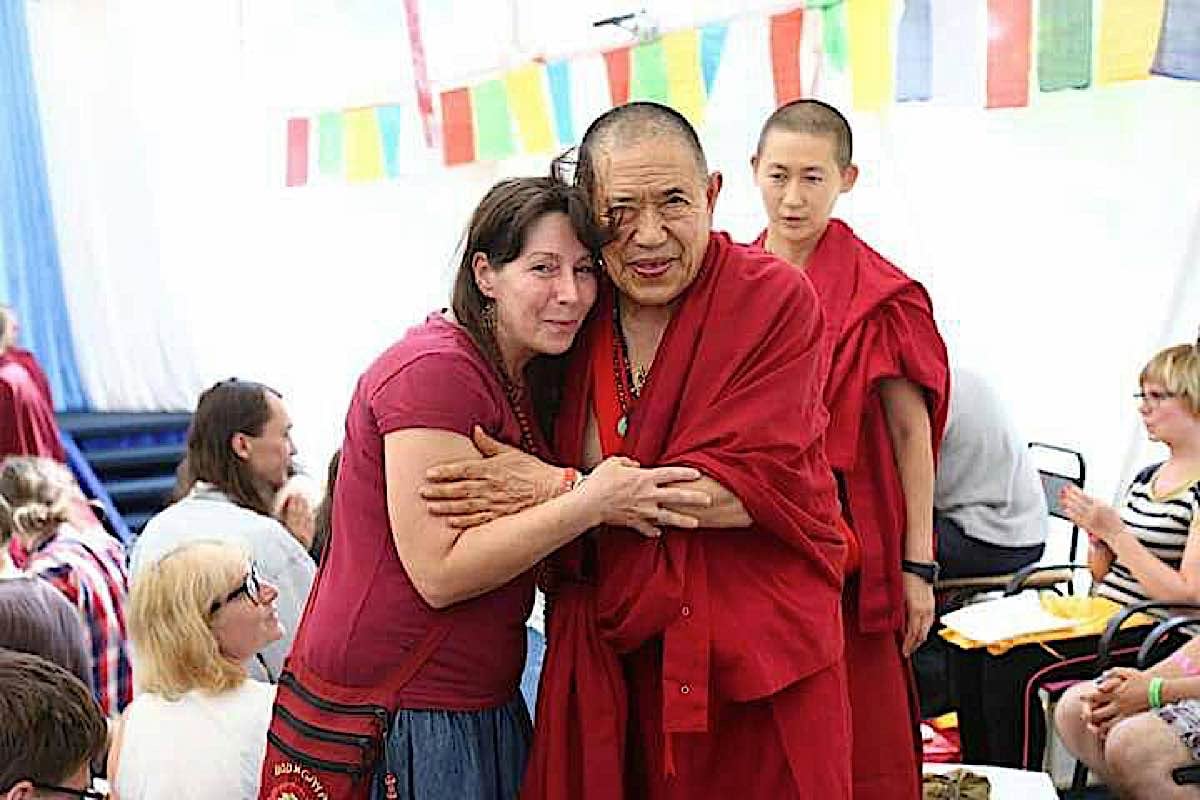
BW: Who are your Dharma teachers?
Over Ten years ago, I took refuge in the Three Jewels. During this time I received many empowerments and instructions from my precious teachers. My teachers are: Drupon Sangyas Rinpoche, Yongey Mingyur Rinpoche, H.H. Dalai Lama, Kyabje Kundeling Tatsak Rinpoche, H.E. Kyabjé Garchen Triptrul Rinpoche, H.E. Nubpa Rinpoche. H.H. Dudjom Yangsi Sangye Pema Shepa Rinpoche, H.E. Kyabje Terchen Namkha Drimed Rabjam Rinpoche, Khenpo Karma Wangyal and H.E. Gangteng Tulku Rinpoche.
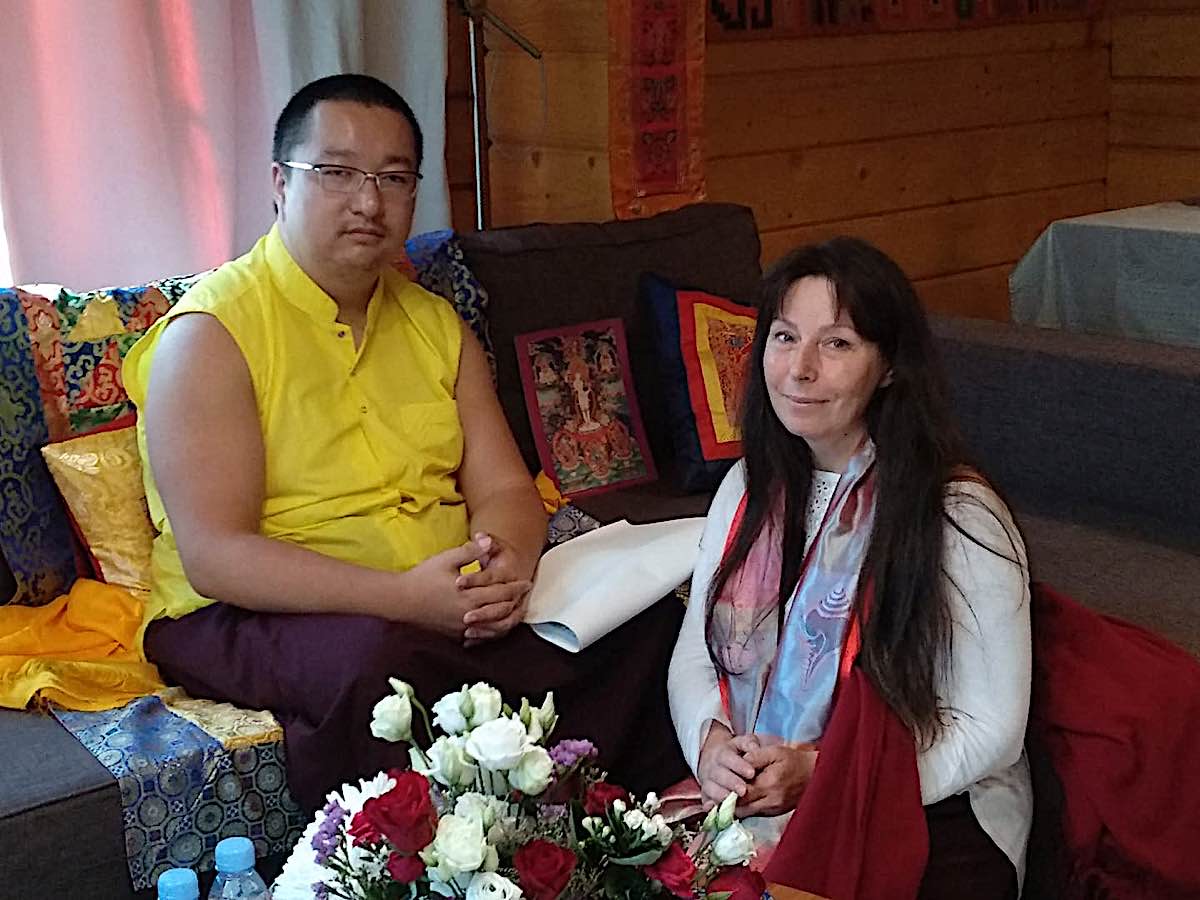
BW: Do you have a favorite deity theme or topic?
Tara is my main deity and favorite subject in my thangka art. Dharani Tara and 21 Praise and Tara rituals have been and are my daily practice for many years.
Tara is the supreme female energy. She is the mother of all the Buddhas! She is beautiful, strong, fearless; she makes our good qualities bloom and brings both worldly success and spiritual progress. She is the true WonderWoman!

The 21 Taras symbolize the various different qualities of Her Holy Body, Speech and Mind, and the “Praises to the Twenty-One Taras” express those marvelous qualities and pay homage to them.Each of the 21 Taras has a special power to help us: to grant long life, prosperity, relationship harmony, to protect us from jealousy, anger, sickness, and troublemakers.Tara is a meditational deity upon whom all the Holy Beings of the past relied; the great Indian masters of the past, such as Atisha, the great Kadampa masters of Tibet, Lama Tsongkhapa, and all the lineage gurus of the four Tibetan traditions.

BW: Do you sell your prints or original art?
I sell prints and copies of thangka deities and original art. Currently, I am working on another 21 Tara thangka in the Chokling Tersar tradition. People can find me on my Facebook page and message me if interested in prints or copies.
Angeli Lhadripa Shkonda’s Facebook Profile Page https://www.facebook.com/angeli.lhadipa
Gallery of 21 Taras by Angeli Lhadripa Shkonda
21 Tara related features
- For a full three-part feature on the 21 Taras according to Surya Gupta tradition, see part 1>>
- 21 Taras according to Surya Gupta tradition, see part 2>>
- 21 Taras according to Surya Gupta tradition, see part 3>>
- Book Review (topic 21 Taras in the Surya Gupta Tradition) Tara in the Palm of Your Hand>>
- Special Section with over 30 features on Tara and her forms>>
- Tara Auspicious Days in 2021 for celebrating her practices>>
The Mantra of Tara
OM TARE TUTTARE TURE SVAHA
The Dharani of Tara in Sanskrit
OM NAMO ARYA-AVALOKITESVARAYA / BODHISATTVA / MAHASATTVA / MAHAKARUNIKAYA / TADYATHA OM TARE TUTTARE TURE SARVA-DUSTAN / PRADUSTAN MAMA KRTE / DZAMBHAYA / STAMBHAYA / MOHAYA / BANDHAYA / HUM HUM HUM / PHAT PHAT PHAT SVAHA / MAMA ARYAVALOKABHAYA NARA / BODHISATTVA MAHASATTVANI / ADHISTHANA / ADHISTHITE MAMA SARVA-KARMA-AVARANASVAHBAVA / SUDDHE VISUDDHE / SHODHYAYA VISHODHAYA HUM PHAT SVAHA
The Dharani of Tara in Tibetan
NAMO RATNA TRAYAYA / NAMO ARYA AVALOKITE SHORAYA / BODHI SATHOYA / MAHA SATHOYA / MAHA KARUNIKAYA / TAYATA / OM TARE TUT TARE TURE SARWA DUK TAM / TRA DUK TAM / MAMA KRITE / JAMBHAYA / SATAMBHAYA / MOHAYA / BENDHAYA / HUNG HUNG HUNG / PHE PHE PHE / SARWA DUK TAM SATHAM BANI TARE SO HA/ OM TARE TUTARE TURE SO HA
21 Praises
Around the world, many people begin and end their day with Tara’s twenty-one praises. This practice has been credited with many benefits, including protection from harm, prosperity, and swift progress on the path of enlightenment.
It can be beneficial to chant this in the world’s oldest known language—Sanskrit. The nuances of this practice, the originating sounds, is similar to mantra practice. In Sanskrit:
Om namah spukasam namah Taraye mi Tara
1 Namas Tare Ture vire
kshanair dyuti nibhekshane
trailokya nat ha vaktrabja
vikasat kesharobhave
2 Namah shata sharac chandra
sampurna patalanane
Tara sahasra nikara
prahasat kira noj jvale
3 Namah kanaka nilabja
pani padma vibhu shite
dana virya tapah shanti
titik sha dhyana gochare
4 Namas tat hagatosh nisha
vijayananta charini
ashesha paramita prapta
jina putra nishevite
5 Namas Tuttara Hum kara
puritasha dig antare
sapta loka kramakranti
asheshak arshanak shame
6 Namah shakranala Brahma
marud vishvesh varachite
bhuta vetala gand harva
gana yaksha puras krte
7 Namas trad iti phat kara
para yantra pramardani
praty alid ha pada nyase
shik hi jvalakulek shane
8 Namas Ture maha ghore
mara vira vinashani
bhrku ti krta vaktrabja
sarva shatrum nishudani
9 Namas tri ratna mudranka
hrdyanguli vibhushite
bhu shitashesha dik chakra
nikara sva Karakule
10 Namah pramudita topa
muku ta kshipta malini
hasat prahasat Tuttare
mara loka vashamkari
11 Namah samanta bhu pala
patalakarshana kshame
chalat bhrku ti hum kara
sarvapada vimoch ani
12 Namah shikhanda kandendu
muku tabha ranojjvale
Amitabha jata bhara
bhasvare kirana dhruve
13 Namah kalpanta hutabhug
jvala malan Tara sthite
alidha muditabandha
ripu chakra vinashani
14 Namah kara talaghata
charana hata bhu tale
bhrkuti krta Hum kara
sapta patala bhedini
15 Namah shive shubhe shante
shanta nirvana gochare
svaha pranava samyukte
maha papaka na shani
16 Namah pramudi tabandha
ripu gatra vabhedini
dashakshara pada nyashe
vidya Hum kara dipite
17 Namas Ture pada ghata
Hum karakara bijite
meru mandara kailasa
bhuvana traya chalini
18 Namah sura sarakara
harinika karast hite
Tara dvir ukta Phat kara
ashesha visha nashani
19 Namah sura ganadh yaksha
sura kimnara sevite
abandha mudita bhoga
kali duhs vapna nashani
20 Namah chandrarka sampurna
nayana dyuti bhas vare
hara dvir ukta Tuttare
vishama jvara nashani
21 Namas tri tattva vinyasa
shiva shakti saman vite
graha vetala yakshaugha
nashani pravare Ture
21 Praises to Tara in English
The praises do lose some of the “mystery” and intensity and sheer sound-power in English, but the intention and praise is maintained. Many people chant the praise in English:
1 Homage to you, Tara, the swift heroine,
Whose eyes are like an instant flash of lightning,
Whose water-born face arises from the blooming lotus
Of Avalokiteshvara, protector of the three worlds.
2 Homage to you, Tara, whose face is like
One hundred full autumn moons gathered together,
Blazing with the expanding light
Of a thousand stars assembled.
3 Homage to you, Tara, born from a golden-blue lotus,
Whose hands are beautifully adorned with lotus flowers,
You who are the embodiment of giving, joyous effort, asceticism,
Pacification, patience, concentration, and all objects of practice.
4 Homage to you, Tara, the crown pinnacle of those thus gone,
Whose deeds overcome infinite evils,
Who have attained transcendent perfections without exception,
And upon whom the sons of the Victorious Ones rely.
5 Homage to you, Tara, who with the letters TUTTARA and HUM
Fill the (realms of) desire, direction, and space,
Whose feet trample on the seven worlds,
And who are able to draw all beings to you.
6 Homage to you, Tara, venerated by Indra,
Agni, Brahma, Vayu, and Ishvara,
And praised by the assembly of spirits,
raised corpses, Gandharvas, and all yakshas.
7 Homage to you, Tara, whose TRAT and PHAT
Destroy entirely the magical wheels of others.
With your right leg bent and left outstretched and pressing,
You burn intensely within a whirl of fire.
8 Homage to you, Tara, the great fearful one,
Whose letter TURE destroys the mighty demons completely,
Who with a wrathful expression on your water-born face
Slay all enemies without an exception.
9 Homage to you, Tara, whose fingers adorn your heart
With the gesture of the sublime precious three;
Adorned with a wheel striking all directions without exception
With the totality of your own rays of light.
10 Homage to you, Tara, whose radiant crown ornament,
Joyful and magnificent, extends a garland of light,
And who, by your laughter of TUTTARA,
Conquer the demons and all of the worlds.
11 Homage to you, Tara, who are able to invoke
The entire assembly of local protectors,
Whose wrathful expression fiercely shakes,
Rescuing the impoverished through the letter HUM.
12 Homage to you, Tara, whose crown is adorned
With the crescent moon, wearing ornaments exceedingly bright;
From your hair knot the buddha Amitabha
Radiates eternally with great beams of light.
13 Homage to you, Tara, who dwell within a blazing garland
That resembles the fire at the end of this world age;
Surrounded by joy, you sit with your right leg extended
And left withdrawn, completely destroying all the masses of enemies.
14 Homage to you, Tara, with hand on the ground by your side,
Pressing your heel and stamping your foot on the earth;
With a wrathful glance from your eyes you subdue
All seven levels through the syllable HUM.
15 Homage to you, Tara, O happy, virtuous, and peaceful one,
The very object of practice, passed beyond sorrow.
You are perfectly endowed with SOHA and OM,
Overcoming completely all the great evils.
16 Homage to you, Tara, surrounded by the joyous ones,
You completely subdue the bodies of all enemies;
Your speech is adorned with the ten syllables,
And you rescue all through the knowledge-letter HUM.
17 Homage to you, Tara, stamping your feet and proclaiming TURE.
Your seed-syllable itself in the aspect of HUM
Causes Meru, Mandhara, and the Vindhya mountains
And all the three worlds to tremble and shake.
18 Homage to you, Tara, who hold in your hand
The hare-marked moon like the celestial ocean.
By uttering TARA twice and the letter PHAT
You dispel all poisons without an exception.
19 Homage to you, Tara, upon whom the kings of the assembled gods,
The gods themselves, and all kinnaras rely;
Whose magnificent armor gives joy to all,
You who dispel all disputes and bad dreams.
20 Homage to you, Tara, whose two eyes – the sun and the moon –
Radiate an excellent, illuminating light;
By uttering HARA twice and TUTTARA,
You dispel all violent epidemic disease.
21 Homage to you, Tara, adorned by the three suchnesses,
Perfectly endowed with the power of serenity,
You who destroy the host of evil spirits, raised corpses, and yakshas,
O TURE, most excellent and sublime!
- Are you interested in Angeli’s artwork? You can reach out to her through her Facebook page, or contact us through our Buddha Weekly contact form and we’ll try to reach her for you. Her page is: https://www.facebook.com/angeli.lhadipa
Tara in the Palm of Your Hand
Probably the best practice-oriented book on the 21 Taras according to Surya Gupta Tradition is Tara in the Palm of Your Hand by Zasep Tulku Rinpoche.
Book Details
-
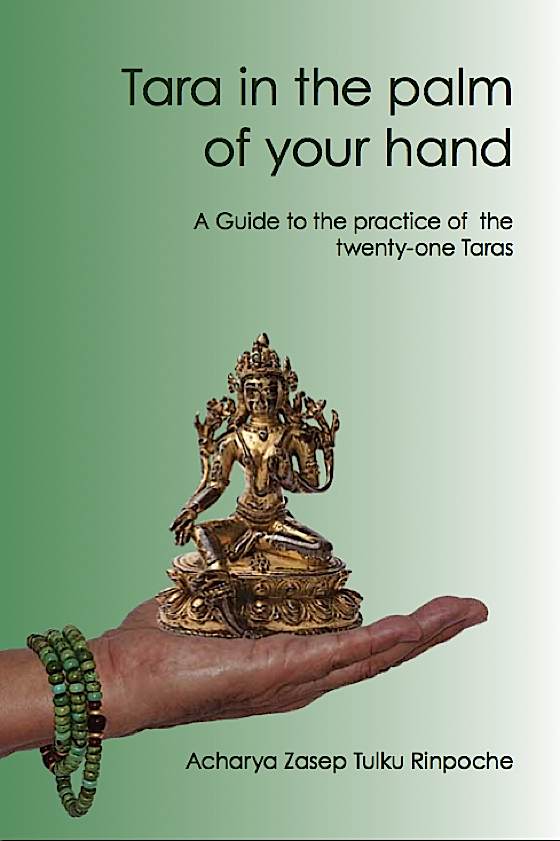
Tara in the Palm of Your Hand, a book by Venerable Zasep Tulku Rinpoche is available on Amazon in paperback from Wind Horse Press. Paperback: 176 pages
- Publisher: Wind Horse Press (January 3, 2013)
- Language: English
- ISBN-10: 0992055407
- ISBN-13: 978-0992055400
- Buy on Amazon as paperback>>
- Buy on Amazon.ca (Canada)>>
- Buy on Amazon.co.uk paperback>>
1 thought on “21 Taras Surya Gupta Thanka — stunning art by Angeli Lhadripa Shkonda: interview featuring 21 Tara closeups”
Leave a Comment
More articles by this author

Windhorse Tara Practice: Tara, the Wind of Life; Tara, Goddess of Wind, Buddha of Activity, Karma Mother

Guru Rinpoche is ready to answer and grant wishes: “Repeat this prayer continuously” for the granting of wishes
Search
Latest Features
Please support the "Spread the Dharma" mission as one of our heroic Dharma Supporting Members, or with a one-time donation.
Please Help Support the “Spread the Dharma” Mission!

Be a part of the noble mission as a supporting member or a patron, or a volunteer contributor of content.
The power of Dharma to help sentient beings, in part, lies in ensuring access to Buddha’s precious Dharma — the mission of Buddha Weekly. We can’t do it without you!
A non-profit association since 2007, Buddha Weekly published many feature articles, videos, and, podcasts. Please consider supporting the mission to preserve and “Spread the Dharma." Your support as either a patron or a supporting member helps defray the high costs of producing quality Dharma content. Thank you! Learn more here, or become one of our super karma heroes on Patreon.
Lee Kane
Author | Buddha Weekly
Lee Kane is the editor of Buddha Weekly, since 2007. His main focuses as a writer are mindfulness techniques, meditation, Dharma and Sutra commentaries, Buddhist practices, international perspectives and traditions, Vajrayana, Mahayana, Zen. He also covers various events.
Lee also contributes as a writer to various other online magazines and blogs.




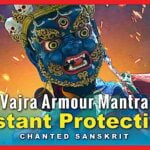
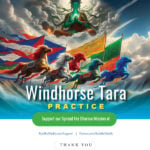







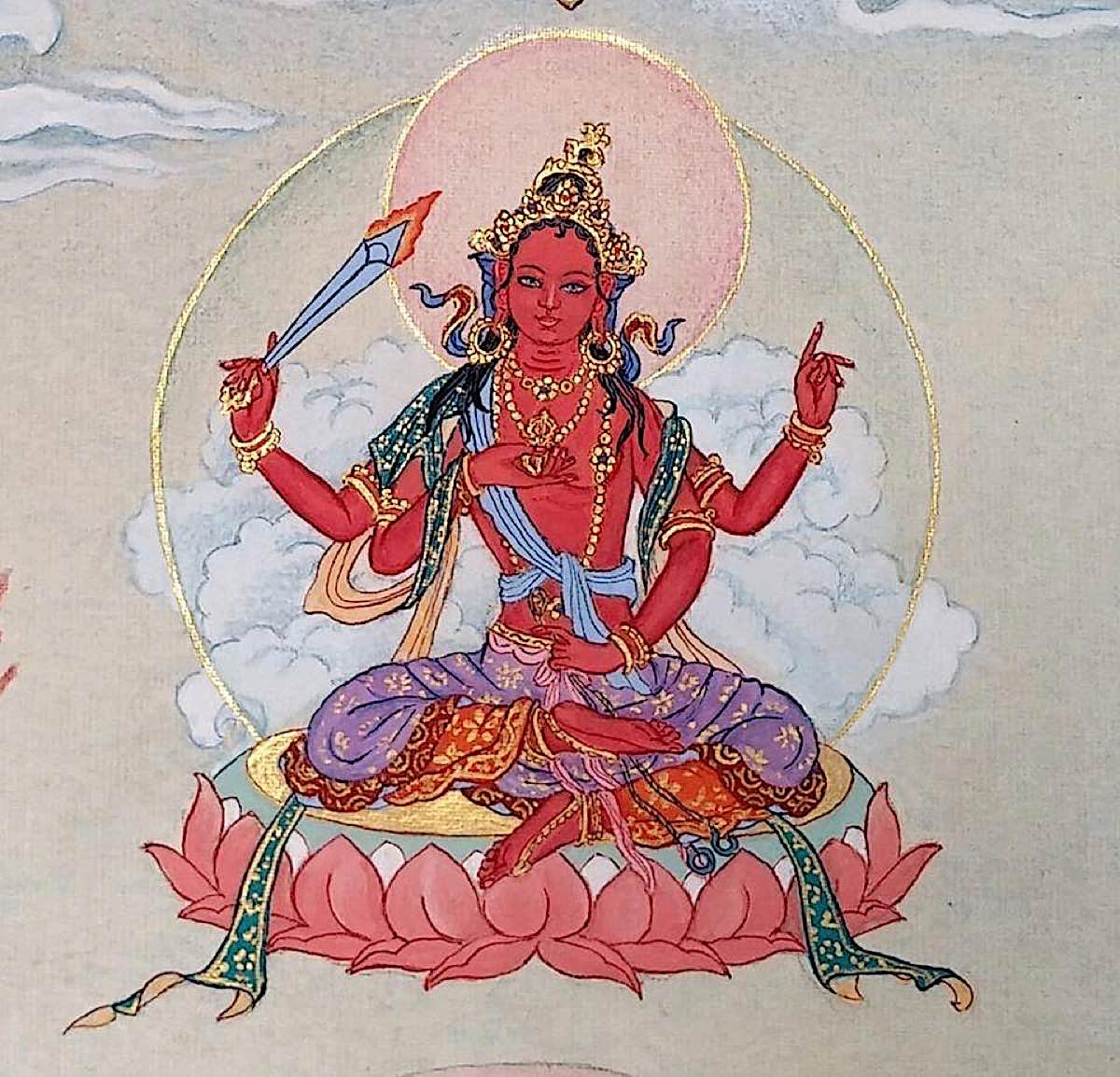
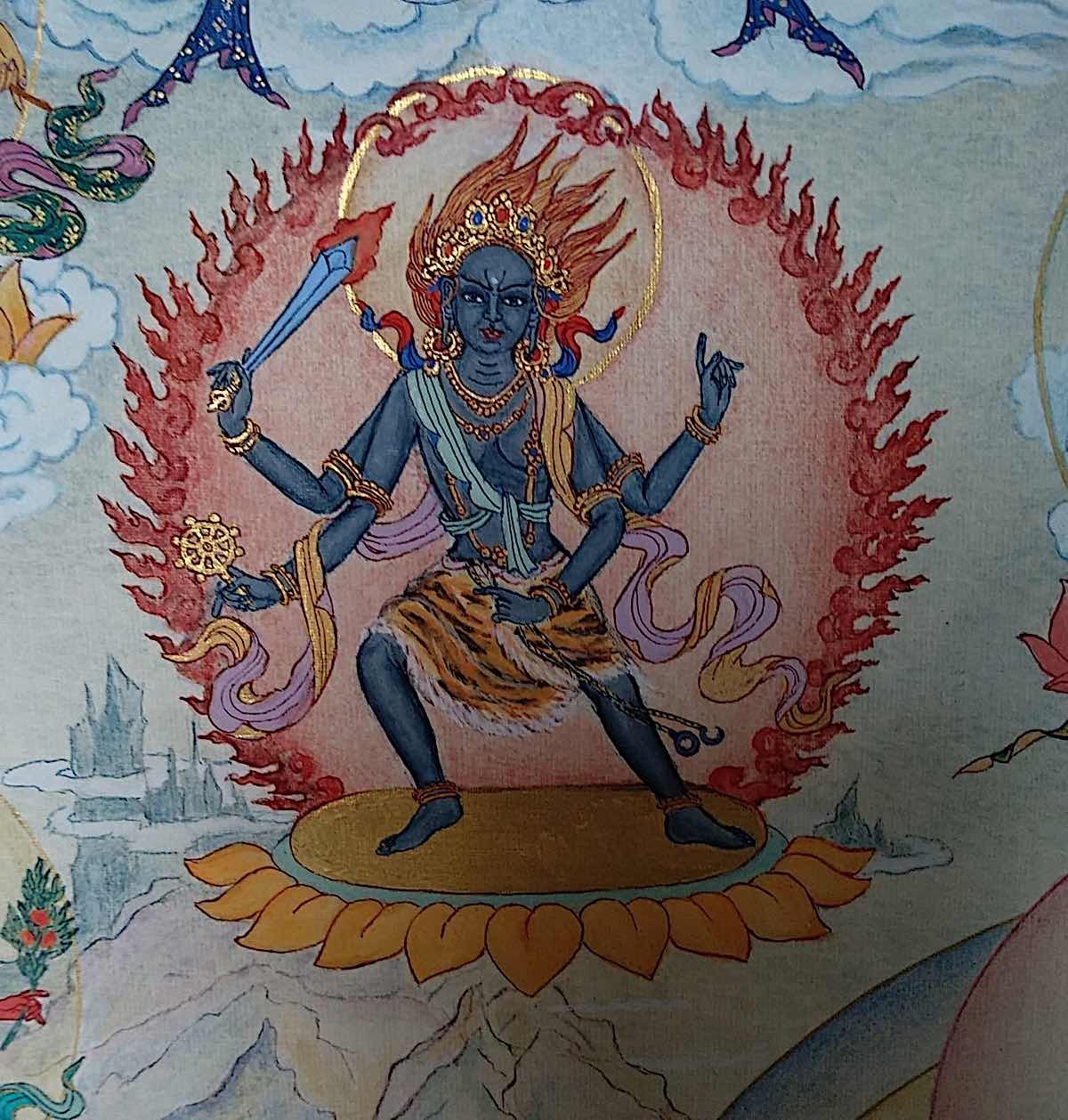



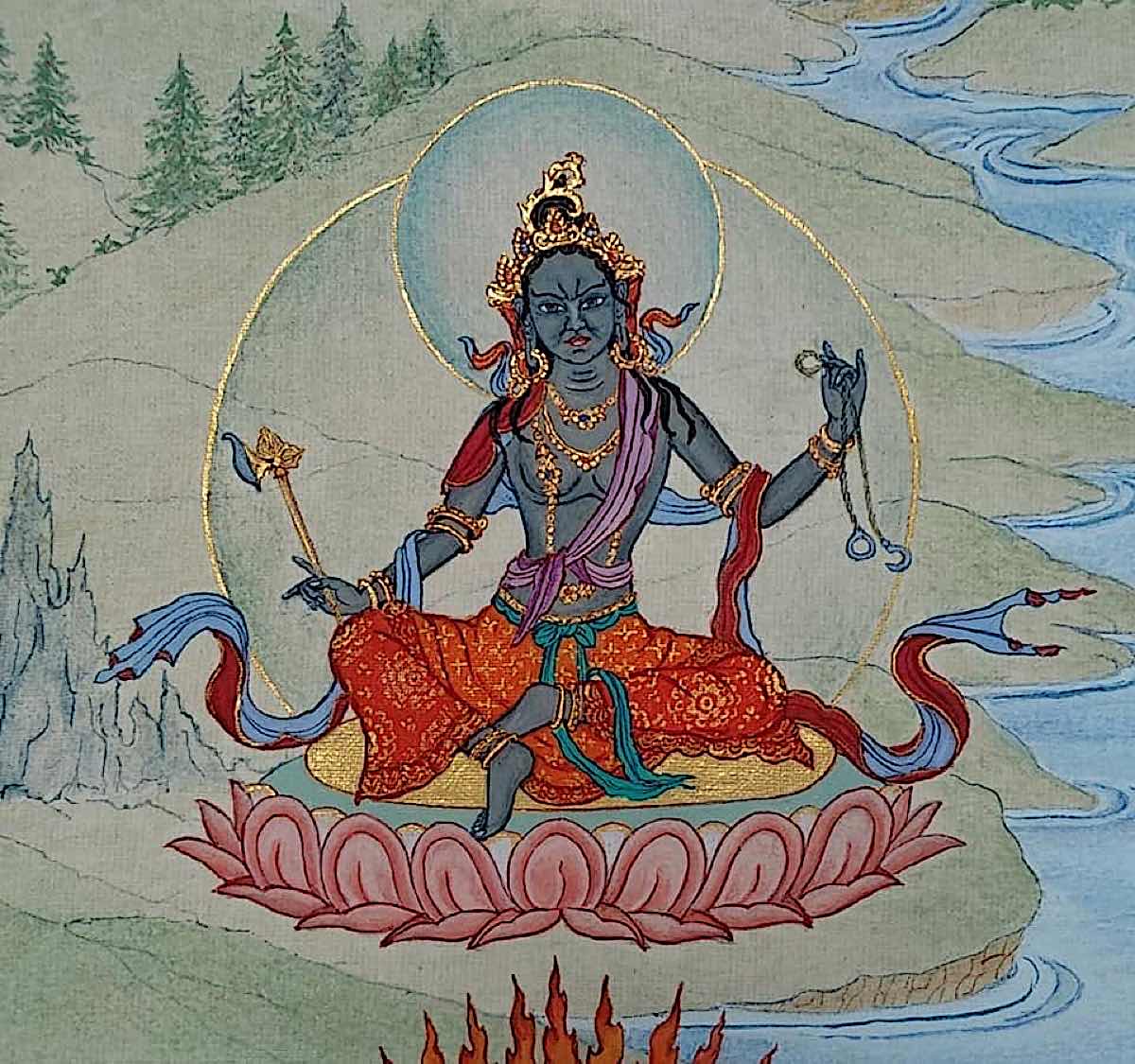
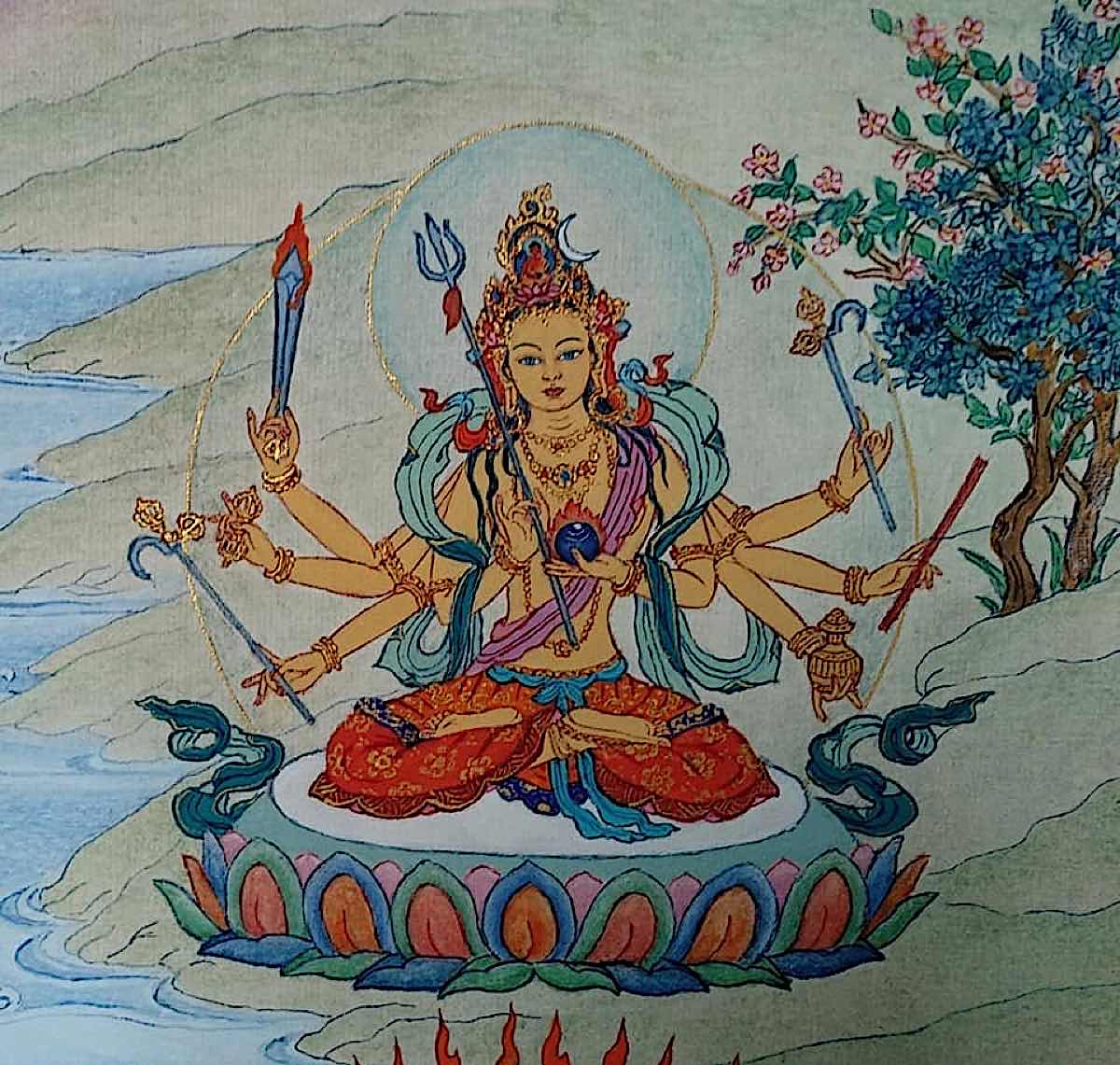

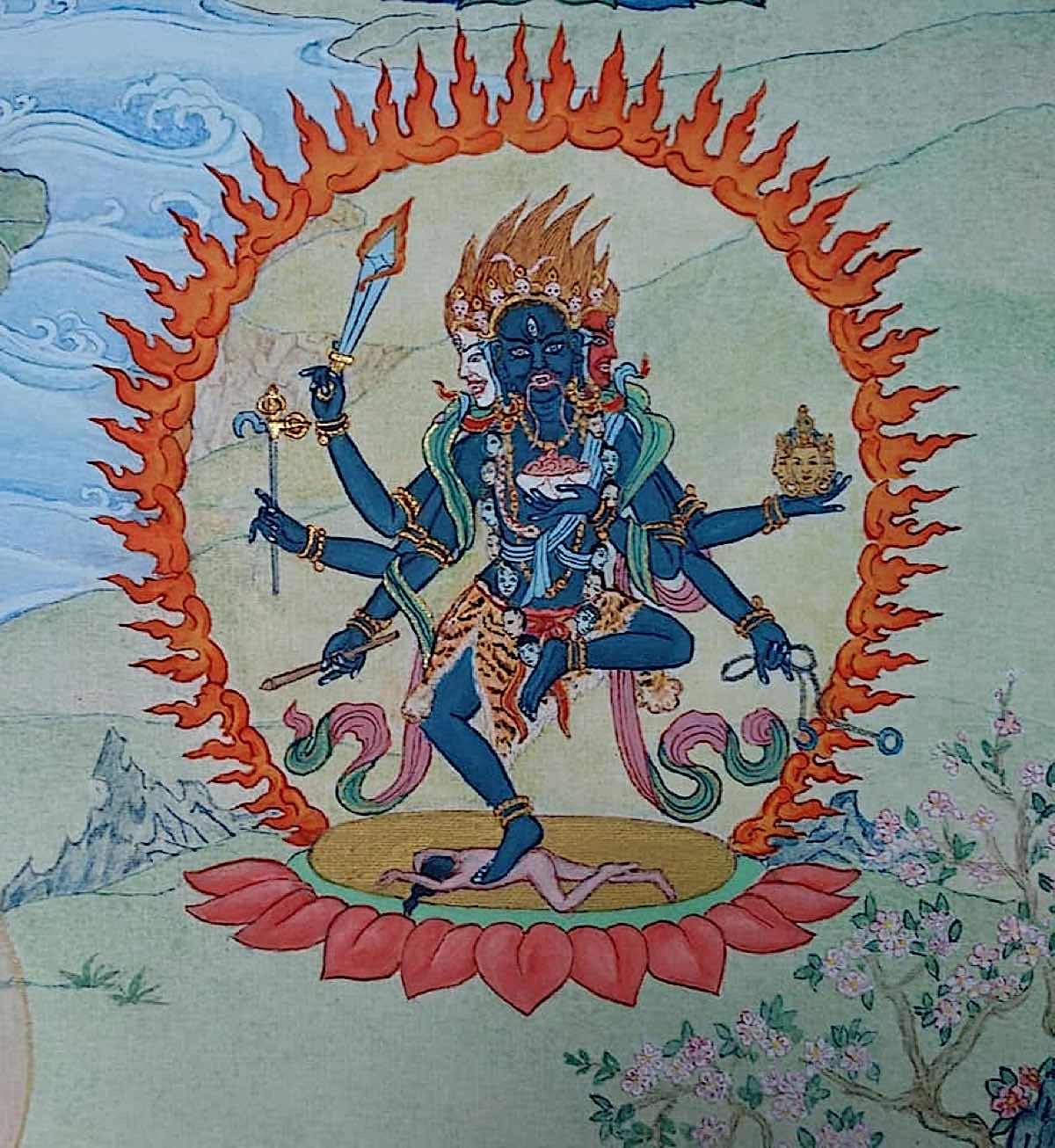


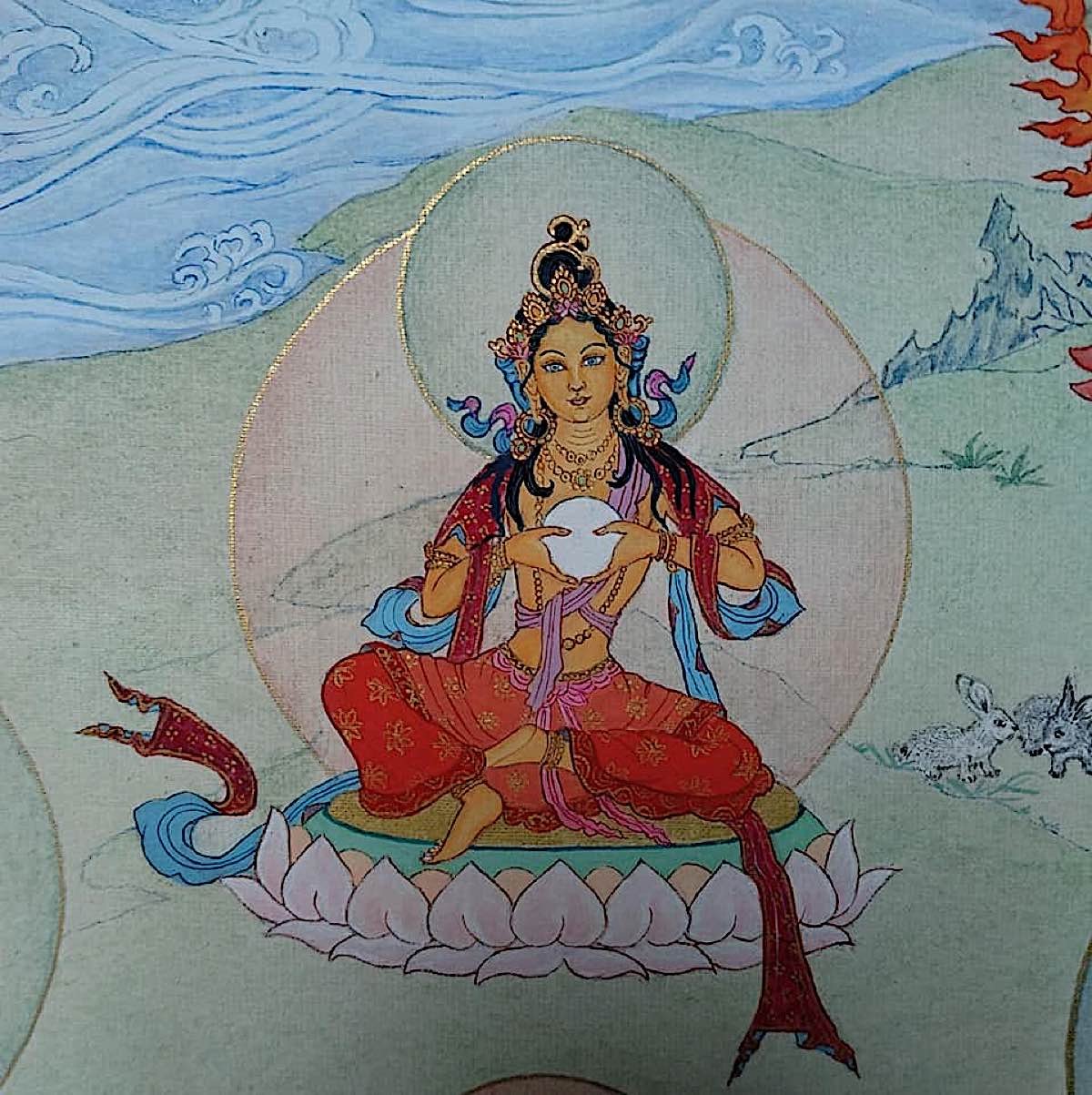
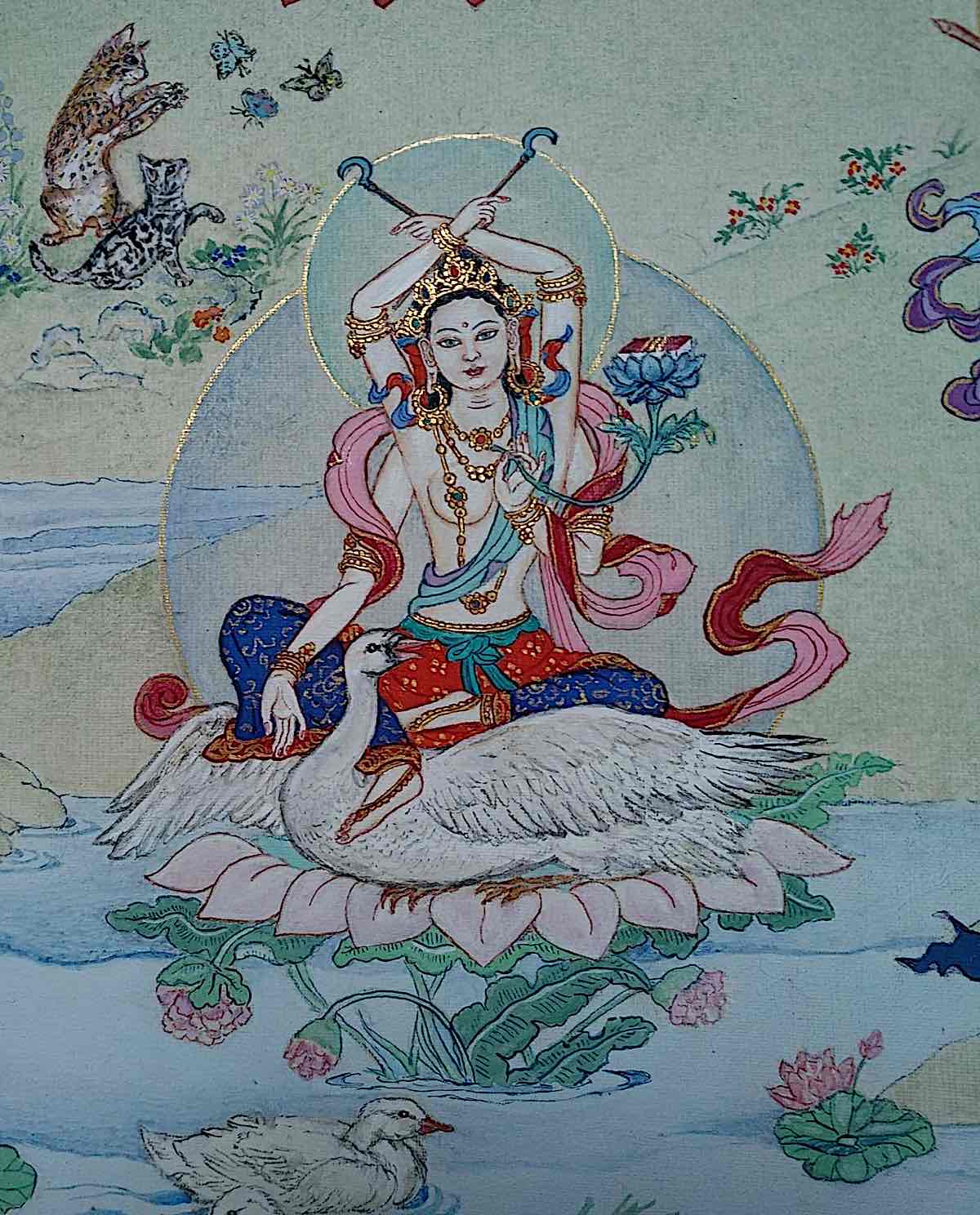

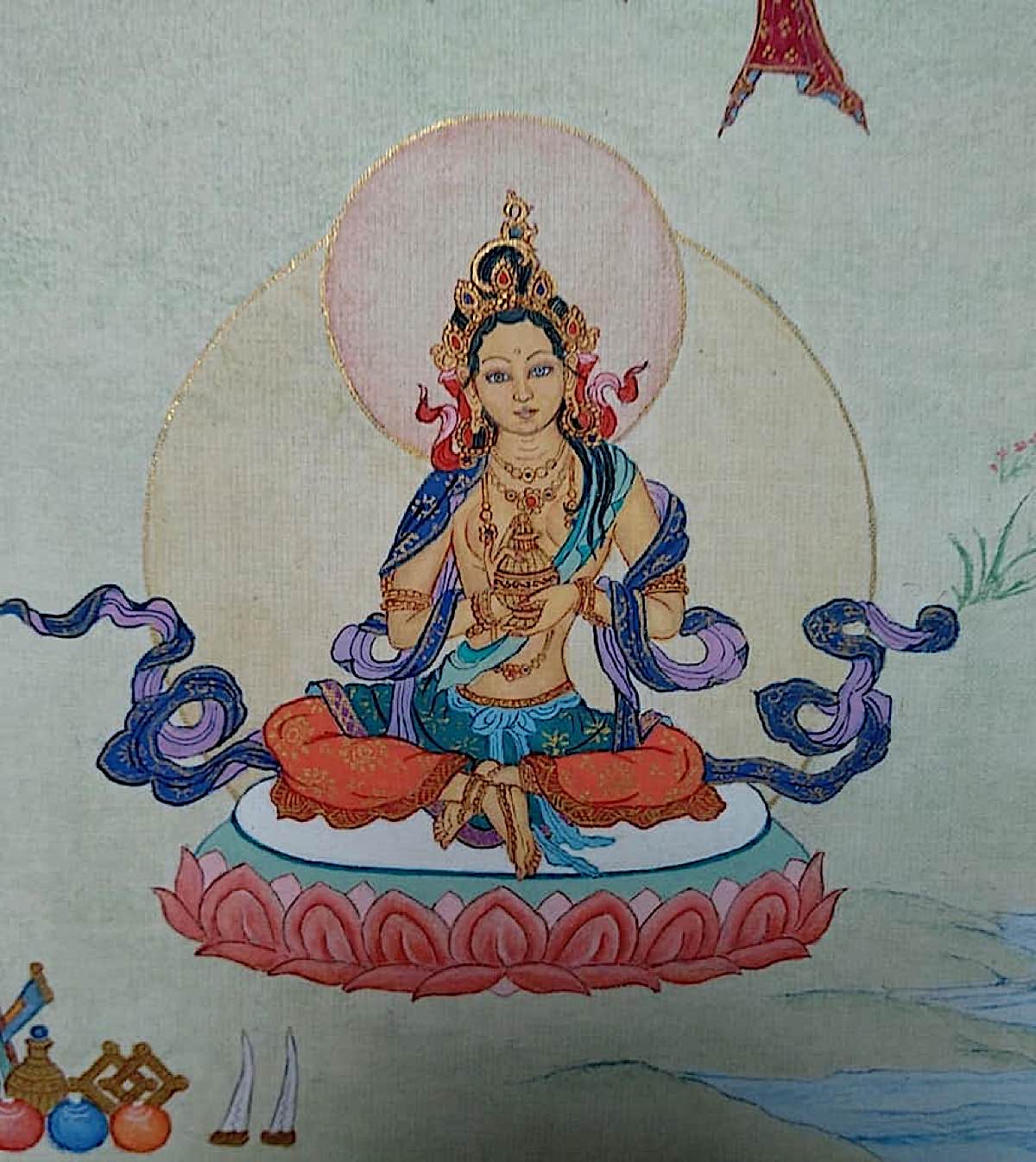
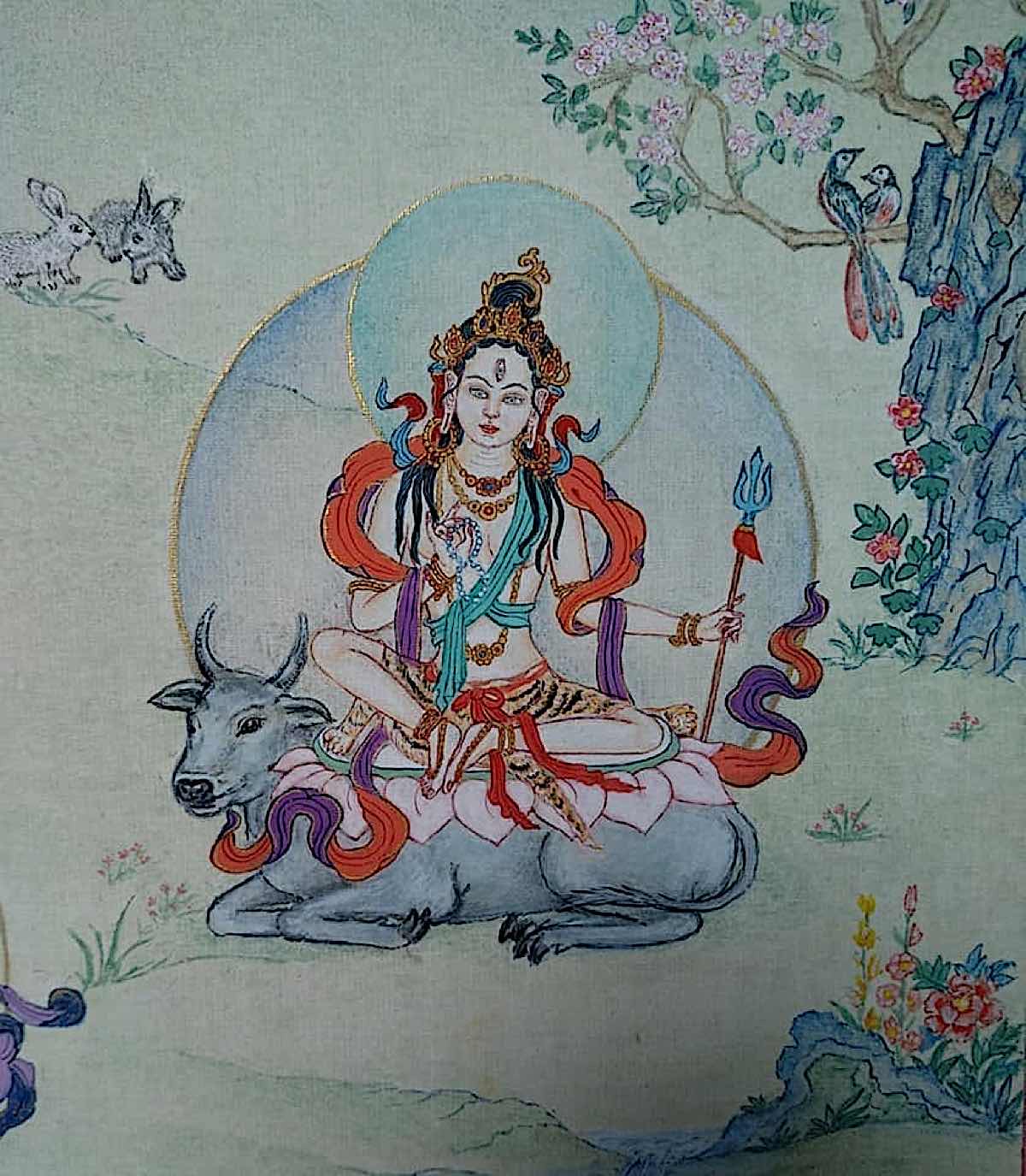
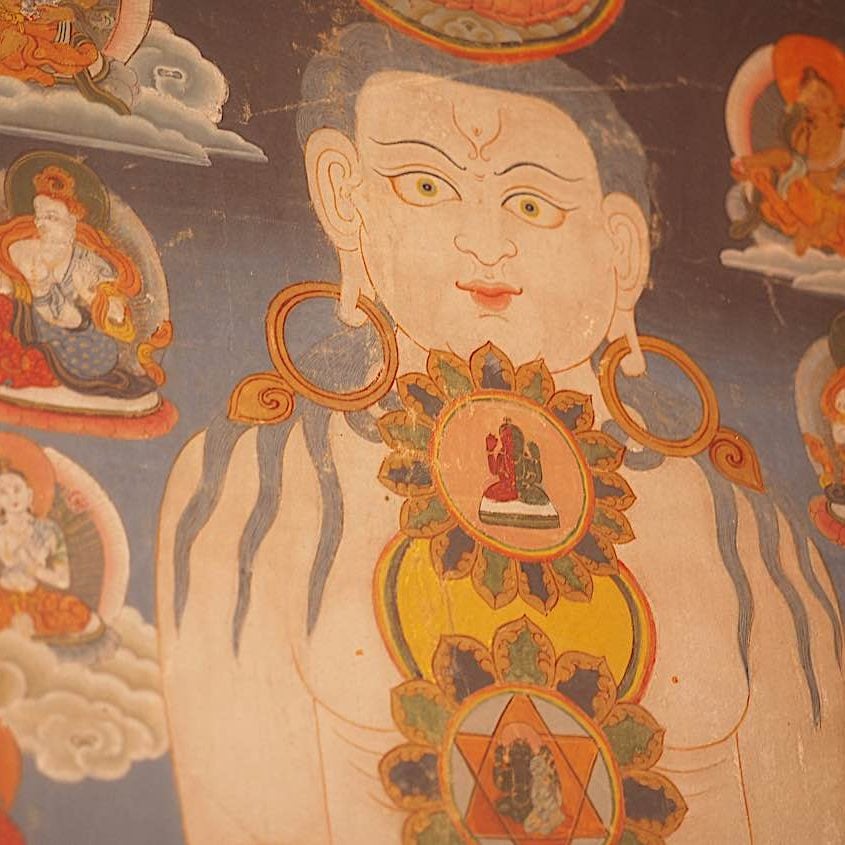

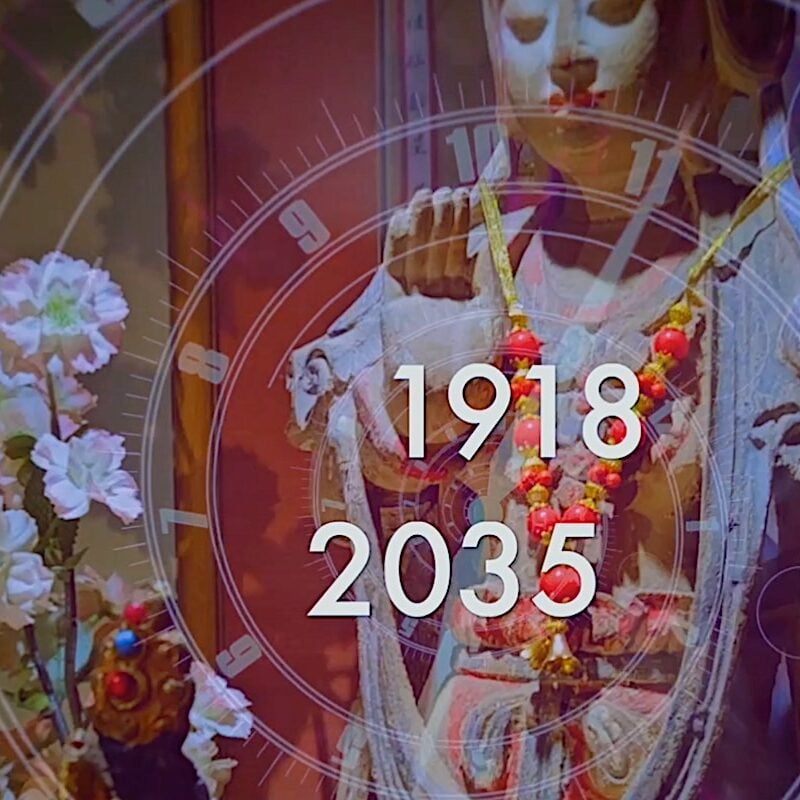

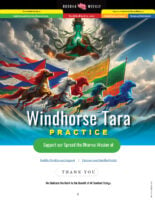
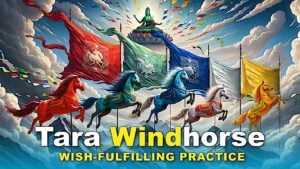



Tara…I don’t know …but after that, I may not think about her…
still, I may not be….but my active spirit is with me.
thank you, Lee.